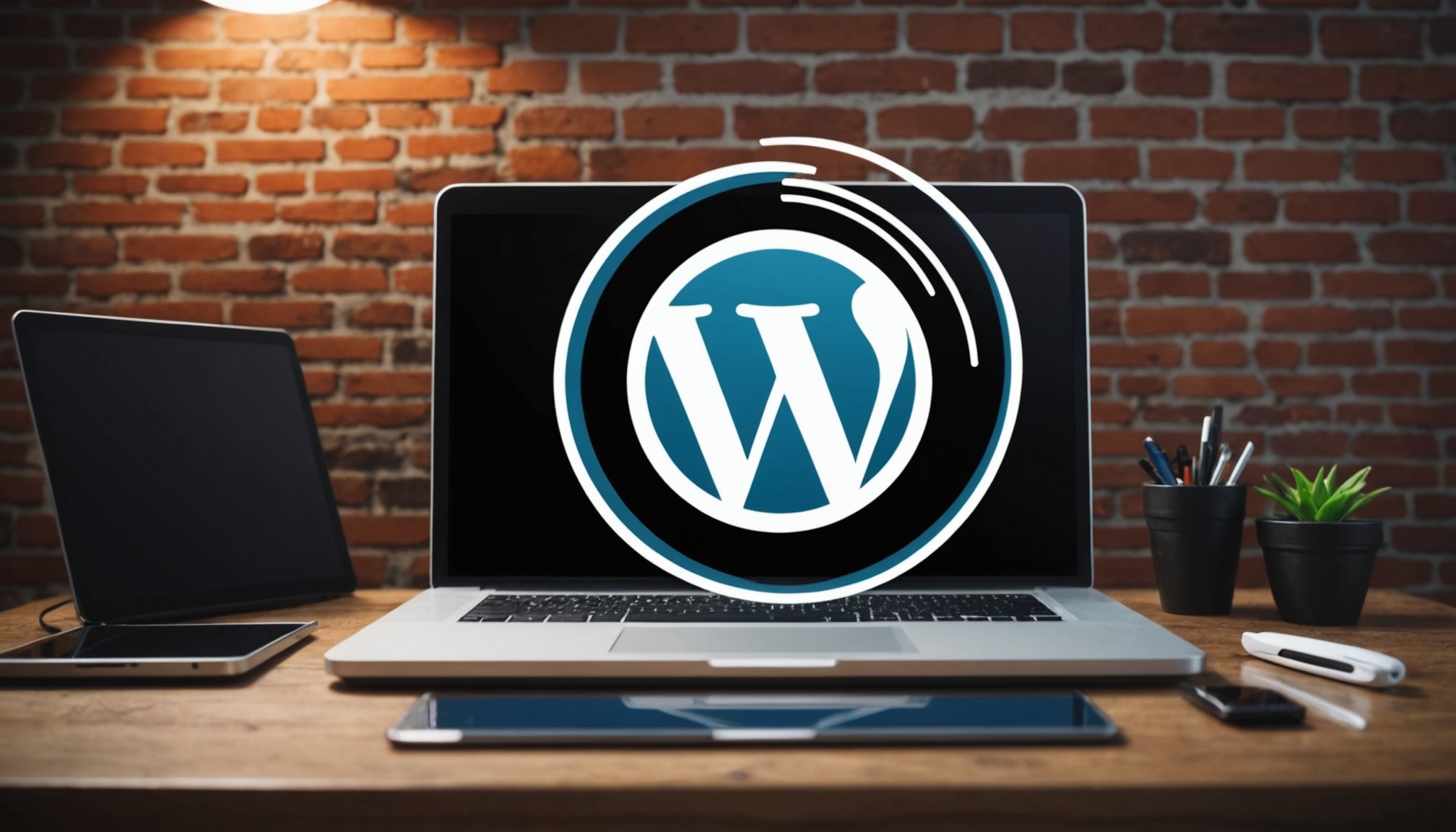Understanding WordPress Security Landscape
The WordPress security landscape in 2023 has evolved with the rise of new cybersecurity trends. Understanding these changes is crucial for protecting WordPress sites effectively. Prevalent WordPress security threats include brute force attacks, data breaches, and malware infections, all of which exploit vulnerabilities in WordPress installations.
Recent vulnerabilities provide cybercriminals entry points to execute their attacks. One notable method involves exploiting outdated plugins and themes, which often have unresolved security flaws. Cybercriminals leverage these to gain unauthorized access, leading to data compromise or complete site takeover.
In the same genre : Maximizing Performance: Effective Tactics for Optimizing Your Kafka Event Streaming Platform
To mitigate such risks, it is essential to comprehend the ever-changing cybersecurity landscape. This means staying informed about the latest security trends and techniques used by attackers. Knowledge of past incidents assists in predicting future threats and tailoring defensive measures accordingly.
In 2023, keeping security at the forefront of your priorities is non-negotiable. Adopting a proactive approach means not only implementing security measures but also staying vigilant about new threats. Regular updates and continuous security assessments help in maintaining a robust defense, ensuring the integrity and safety of your WordPress site.
Additional reading : Mastering Data Caching Techniques for Boosting Performance in Python Flask Apps
Essential Best Practices for Strengthening Security
Strengthening your WordPress site involves implementing key security best practices. Starting with proper security configurations, it’s vital to set robust passwords, limit login attempts, and utilize two-factor authentication. These measures act as a primary defense, reducing unauthorized access.
Hardening WordPress plays a crucial role. This includes adjusting file permissions to prevent unauthorized script executions and deactivating file editing within the WordPress dashboard to block malicious code injections. Additionally, regularly updating all site components—plugins, themes, and core files—is essential to patch known vulnerabilities.
Another significant practice is to install a reliable security plugin. These plugins provide real-time monitoring, protect against malware, and alert administrators to suspicious activity. Popular options include Wordfence and Sucuri Security, which come with features like threat response and firewall protection.
In 2023, security landscapes constantly evolve. Thus, continuing education on emerging threats and maintaining an up-to-date knowledge base aids in swiftly adjusting configurations. Joining security forums and engaging with WordPress communities can also offer insights into new defensive strategies. By implementing and continuously refining these practices, WordPress sites can be fortified against various cyber threats, safeguarding data and maintaining operational integrity.
Recommended Security Plugins and Tools
Navigating the vast array of WordPress security plugins can be daunting. The ideal plugin not only shields against potential threats but enhances overall site security. Top Security Plugins, like Wordfence and Sucuri Security, are well-regarded for offering comprehensive protection. Features to prioritize include malware scanning, firewall protection, and login attempt limitations. It’s crucial to evaluate plugins based on your site’s specific needs in 2023 to ensure robust protection.
Site Monitoring Tools
Real-time monitoring is a cornerstone for maintaining WordPress security effectively. Tools like iThemes Security and Jetpack Security provide constant vigilance, tracking anomalies that might indicate threats. These tools facilitate timely action by sending alerts and notifications when suspicious activities are detected. Setting up these alerts involves configuring tool settings to monitor critical areas such as login activities, file changes, and plugin updates. Such tools empower site administrators to act promptly, mitigating potential risks before they escalate into severe issues.
By integrating a mix of security plugins and adept site monitoring tools, administrators can build a comprehensive defense strategy. This approach not only protects against evolving threats but also ensures ongoing security for WordPress sites, aligning with the dynamic cybersecurity landscape of 2023.
Regular Maintenance and Updates
Ensuring WordPress maintenance is paramount for the security and stability of your site. Regular updates for themes, plugins, and the WordPress core are essential. These updates often include security patches that address vulnerabilities discovered by developers. Without updating, your site becomes a target for cyberattacks leveraging these unpatched vulnerabilities.
Scheduling regular maintenance guarantees your site operates smoothly and securely. It’s beneficial to establish a consistent timetable for updates, such as weekly or monthly, depending on the complexity of your site. Maintenance also involves reviewing custom code for outdated practices that may emerge as potential vulnerabilities in 2023.
Managing updates without disrupting site functionality requires best practices. Testing updates in a staging environment before applying them to the live site is crucial. It prevents unforeseen issues post-update and ensures compatibility with existing features. If possible, automate the update process through reliable plugins to reduce the human error factor.
Integrating these practices helps safeguard your WordPress site and align with current cybersecurity trends. Consistent maintenance not only bolsters the defense against security threats but also aids in enhancing the overall performance and reliability of your site in the constantly evolving digital landscape.
User Education and Access Control
The role of user education in safeguarding WordPress sites cannot be overstated. Educating users about security best practices establishes a baseline understanding of potential threats, ensuring more informed handling of the site. Users should be aware of the importance of maintaining strong passwords, recognising phishing attempts, and using secure devices.
Access control is another critical element. Assigning appropriate user roles and permissions helps mitigate risks by restricting sensitive areas only to authorised personnel. WordPress offers several default roles ranging from Subscriber to Administrator, each with varying levels of access. Customising these roles further allows for a tailored security strategy that aligns precisely with organisational needs.
Cultivating a culture of security awareness among team members is essential. Regular training sessions, newsletters, and workshops keep the team updated on evolving cybersecurity threats and defensive tactics. Encouraging a proactive attitude toward security can prevent potential breaches and reduce vulnerabilities.
Balancing accessibility and security is vital in any WordPress site management. With consistent education and precise access control measures, WordPress sites can significantly reduce their vulnerability to attacks, ensuring a safer environment for all users.
Backup Strategies and Disaster Recovery
Protecting your WordPress site’s data through effective backup strategies is essential for maintaining data protection. Regular backups ensure that you can quickly restore your site in the event of a security breach or malfunction. Establishing a reliable WordPress site backup routine should be a top priority for site administrators.
Several backup plugins are recommended for their ease of use and reliability. Popular options include UpdraftPlus, which offers automated scheduled backups, and BackupBuddy, known for its versatility in managing WordPress backups. These plugins allow you to store backups remotely, ensuring they remain safe from local failures.
Developing a comprehensive disaster recovery plan is crucial. Such a plan outlines the steps necessary to swiftly restore site functionality following data loss or an attack. Key elements include prioritizing files for recovery, assigning roles for team members in the recovery process, and maintaining documentation for efficient disaster recovery procedures.
By implementing a robust backup and recovery strategy, WordPress sites can significantly minimize downtime and data loss. This proactive approach aligns with best practices in ensuring data protection and contributes to a more resilient online presence, safeguarding against unforeseen disasters and cyber threats.
Incident Response and Security Audits
When a security breach occurs, swift incident response is crucial in mitigating damage. Begin by containing the breach to prevent further exploitation and assess which areas have been compromised. Immediately inform all relevant stakeholders and gather a detailed account of events to aid in the investigation.
Security audits are integral to maintaining a secure WordPress environment. Conducting regular audits helps identify vulnerabilities before they can be exploited. These audits encompass reviewing user activities, monitoring file changes, and verifying that security configurations are up to date.
Preparing for unforeseen threats involves detailed threat assessments. These assessments evaluate the likelihood of potential threats and analyse the impact they might have on your WordPress site. Implement penetration testing to simulate cyberattacks and determine how well your current security measures hold up. This proactive approach aids in discovering weaknesses and reinforces defences.
By integrating comprehensive incident response plans and regular security audits, WordPress site administrators can significantly bolster their site’s resilience. Such measures not only address immediate threats but also ensure ongoing protection, adapting to new challenges in the evolving cybersecurity landscape. Empowering administrators with in-depth knowledge reduces risk and enhances the site’s overall security posture.











